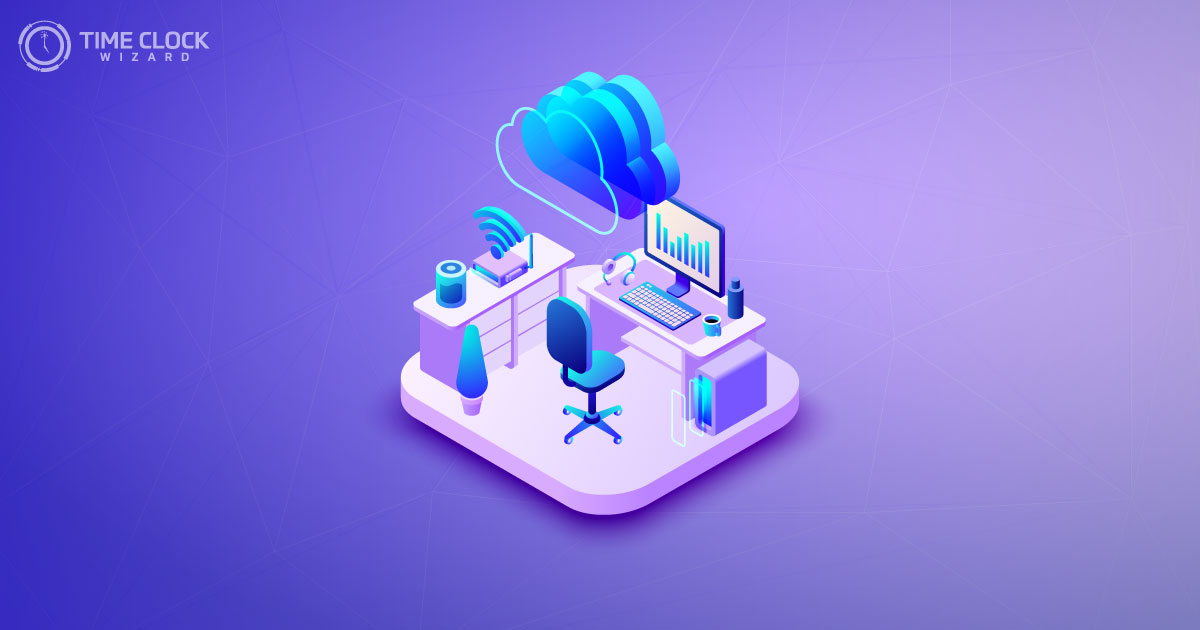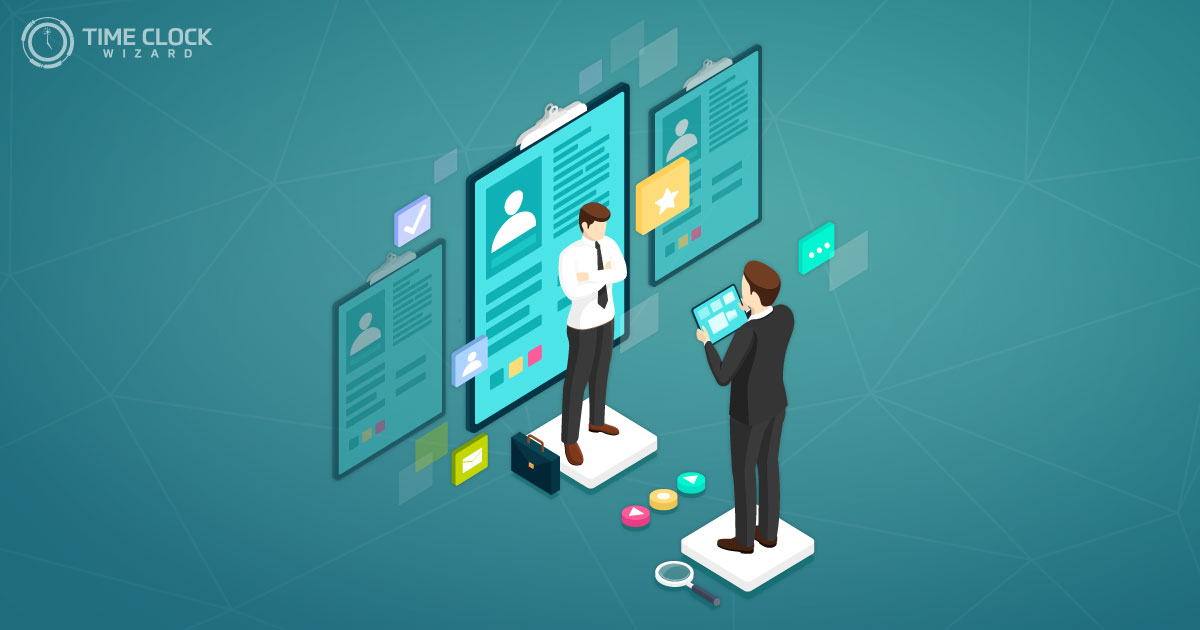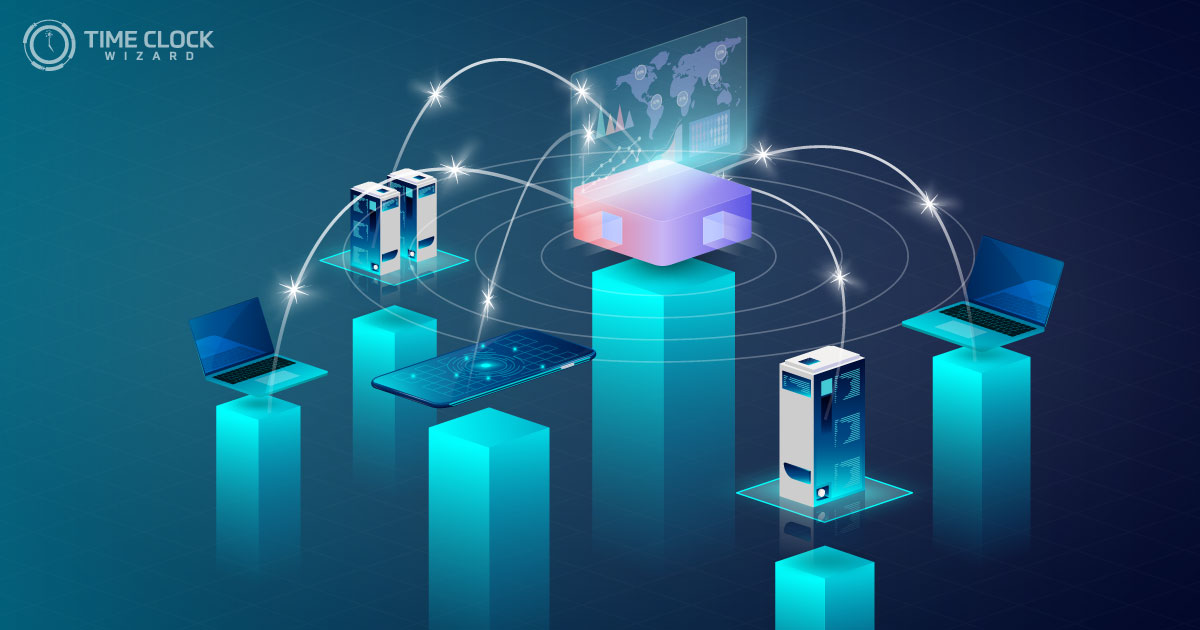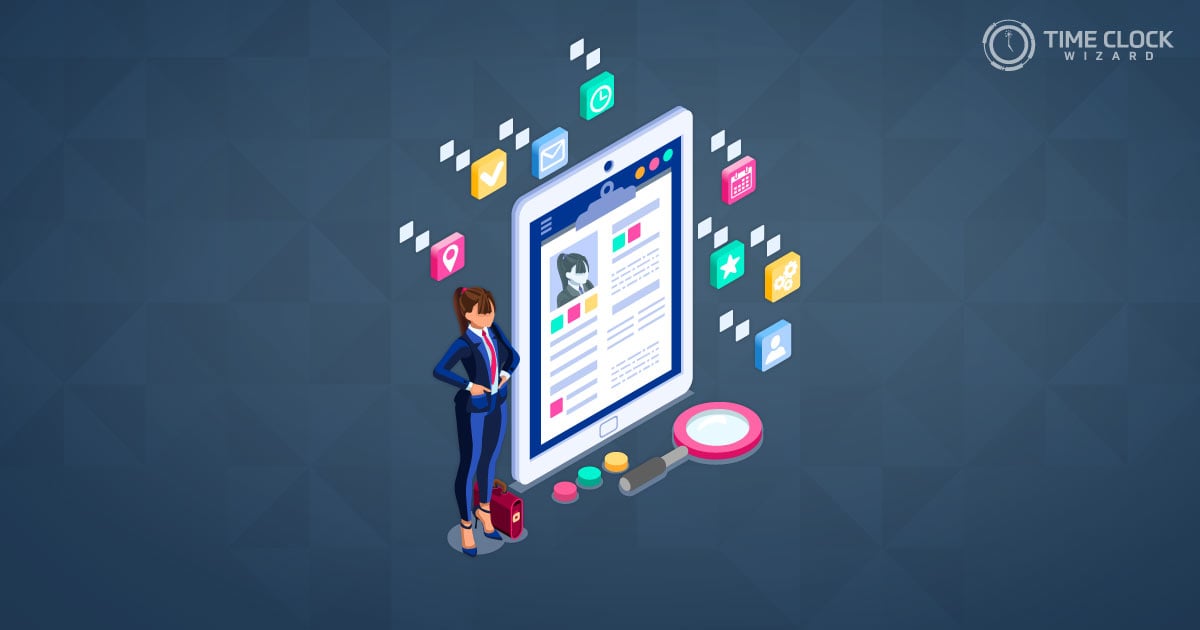
Advantages of Technology
Today, technology in the workplace can collaborate with software that amplifies the work of a human employee. With the invention of the computer following the discovery of radio frequencies, automated programmed computers can mimic any repetitive process that a human worker does and can take over entirely. This, ultimately, increases productivity, betters communication and at a lower expense. It is more time-efficient and gives human employees more time to take up other priorities. The technology workforce can integrate with the human workforce of both employees and software bots working together.
For example, with advances in technology in the workplace, it is not necessary for people to physically go to the bank to withdraw money anymore. Now, we have Automated Teller Machines. ATMs are machines that are designed to do the work a teller would do, and are located everywhere. Banks and storeowners can capitalize off an ATM in their business location.
In the industrial world, machines are now executing factory work rather than workers to produce an exponentially larger amount of goods rather than human workers employed 100 years ago.
New technology in the workplace augments human efficiency and accuracy. Generally, advances in technology in the workplace just better a human worker’s work ethic. Technology can benefit businesses in several ways:
- It will not take sick days
- Does not require vacation days
- No need to time track
- No need to schedule shifts
- Does not require training
- No smoke or lunch breaks
- Consistent with results
The best part—technology is not added to payroll.
Importance and Impact of Technology in the Workplace
In today’s market, workers are coming together with technology to optimize business practices. A worker with a computer and Internet connection can complete any task from anywhere. Now, if this whole process of remote work is amplified, the remote worker along with advances in technology can complete a job of several human workers. Scalability is obtained from a mixture of flexible automation solution and automation best practices. With the meshing of today’s digital workforce along with the remote workforce, productivity has increased exponentially.
Benefits of Technology in the Workplace
Today, technology in the workplace is a way for brands to promote themselves. Using social media, for example, is a form of marketing that businesses use to communicate with consumers and employees. Technology connects people in the world regardless of the distance between them. While both encouraging innovation and boosting productivity, technology can replace workers who have tedious work. This gives employees of a business the room to do work they would not have been able to do before. Increasing productivity allows employees to accomplish more in the same amount of time with fewer people, resources, and, ultimately, expenses. Here are some ways technology can benefit a workplace:
Organized Communication
Technology has now accelerated the way people interact with each other and transfer information. New technology is always looking for faster ways to communicate critical information and, also, close the distance between two workers who may be situated in two different parts of the world.
Efficiency
The main purpose of installing new technology in a workplace is to save time, effort and to increase efficiency and agility. People are paid for their time— time is the most valuable resource an employee contributes to a business. With technology in the workplace, employees are presented with more time to focus on important work that they cannot fit in to their schedule otherwise.
Storage
With faster decision-making and quick responses, technology enables businesses to become more competitive in the market by allowing them to obtain and store information into a central cloud database rather than requiring an entire division of a business tending to customer service. Looking for files or documented information is a waste of time for employees. Companies can now store confidential information that secures customers’ privacy and prevents a breach of confidentiality, which can become expensive.
Mobility and Connection
With increased digitalization, remote work is becoming progressively more popular. Many companies are now employing the flexibility of remote work into their business. With advances in technology in the workplace, workers can now access information and technology utilities from anywhere in the world. This connects skills from one continent with another, possibly, on the polar opposite side of the world. This boosts worker mobility, as technology has closed the gap between workers situated on different ends of the geographical spectrum and allows them to work with software applications giving them access to real-time work.
Automation
No business can afford the expense of human error. New technology can now mimic functions that, previously, required employees on payroll. Technology in the workplace has a huge ROI. For tedious tasks like data entry or bookkeeping, technology allows companies to automate processes and delegate work that usually requires micromanaging to a computer. This allows businesses to work more efficiently without the gamble for human error. The cost businesses save can be, in turn, invested in human employees to employee different and higher-level roles that can boost innovation and creativity.
New Technology in the Workplace
To take full advantages of resources, business owners have to stay on top of all the latest trends and technological advances. Here are five budding technologies businesses implement to boost productivity in their workplace:
Office 365
Microsoft Office 365 is a cloud computing software which allows people to store and access vital information over the Internet rather than on a hard drive. This makes information more readily accessible—from any device at any location. More likely than not, most technology we rely on today employs a cloud storage system.
McAfee Total Protection and Norton Security
Digital security software is to protect confidential information. These prevent the threat of cyber attackers and hackers from accessing information that sets a business apart from others in the industry.
Cortana
Microsoft’s Cortana acts as a smart virtual assistant app that is not exclusive to executives and higher-ups. Employees can use Cortana to increase their productivity by allowing this virtual assistant to organize their schedules, answer search engine questions without you physically having to input data into a computer. Just talk to Cortana with the software installed on a device.
Accenture Extended Reality
At first, video conferencing was the trending communication development that businesses appealed to. In today’s market, we have virtual reality. Accenture Extended Reality is one of the progressing communication technology systems in which companies can share more accurate and 3-dimensional visuals between two locations. This, especially, benefits the manufacturing industry. Offering digital communication tools is vital for a successful workplace. Real-time and fluent communication utilities connect people using various different features. Between private messaging, group chats and video conferencing, employees of a company are sure to stay ahead and grow.
Thinking to Change Technologies in the Workplace?
Change is inevitable in the growth of a business, though people may not appreciate the constant shift. It is important to employ the newest technologies and teaching employees to adopt new methods to increase productivity. For hiring employers, learning a new way of working integrated with technology can significantly increase profits. Here are a couple of things managers should consider when implementing a new technology in a workplace:
Introduce the technology before implementation.
Consider everyone’s input when contemplating the new purchase. Is this something everyone can benefit from? Think long-term rather than just finding an answer as a quick fix. Be sure to involve shareholders and acknowledge their input before spending their money.
Educate employees with training.
Hold training activities that participating employees will familiarize themselves with the new technology. Make it fun—so it does not feel like a class lesson. Rejoice the launch of the new technology in the workplace. Hosting a celebration can encourage sentiment in the workplace culture
Consider personalities and learning styles.
Every individual learns best using different methods—whether it audio, visual or hands-on. Employees recognize information differently and have different learning needs. Customize the training sessions to cater to various employees with different learning capabilities. Some of these employees may require personal attention and one-on-one training sessions.
Build a relationship with the new technology.
Introducing the new technology in a workplace on a personal level allows employees to acknowledge the new tool’s value. People connect emotion with products. This is the entire concept behind marketing—to create a personality for a brand. Employees should understand the emotional matter behind the new technology and how it projects to help them for the future. Present to them how it will be relevant for productivity and motivate them.
Advances in new technology in the workplace can help businesses downsize their workforce and, at the same time, increase productivity. The only downside to this is that the advances in technology can, eventually, possibly put human workers out of work. However, the benefits outweigh the disadvantages – especially during a business’ busy season. Today, it is essential to keep updated with current and trending technology to stay ahead. New utilities are always surfacing to improve efficiency and reduce costs. Technology can boost productivity if all employees are willing to embrace the advancements. The way technology is implemented in a workplace makes all the difference in making it work for the business.







